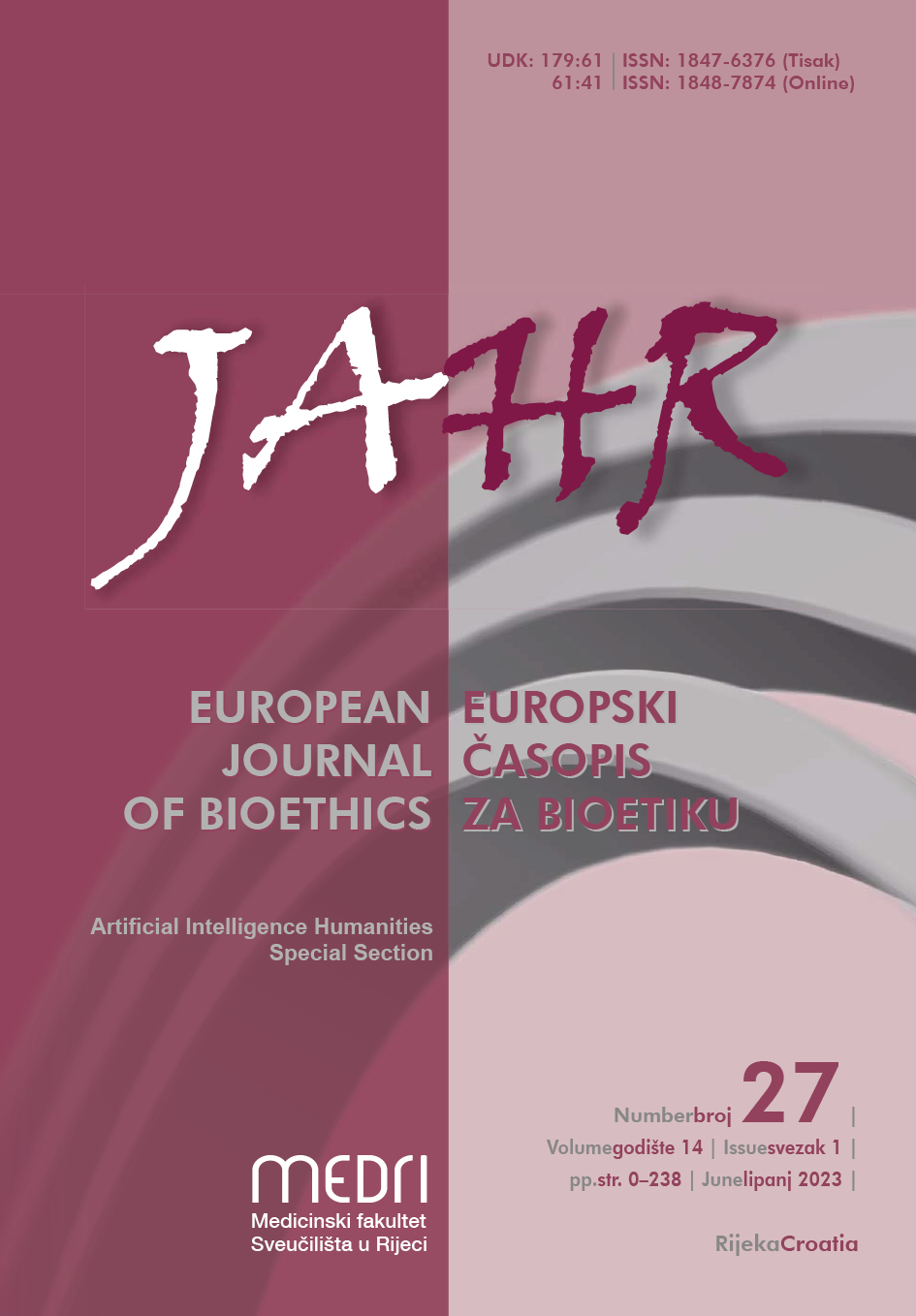Animal Ethics and Aesthetics Revisited
Distant Proximity
Keywords:
distant proximity, anthropomorphism, animal ethics, sublime, DerridaAbstract
https://doi.org/10.21860/j.14.1.5
This paper aims to establish a different (transspecies) model of (animal) ethics by challenging one of the dominant paradigms of contemporary ethics (and aesthetics), namely the ethics of otherness. The ethics of otherness, striving for openness and the avoidance of appropriation, pushes the animal into representability and ineffability, marking it as “wholly other”, which consequently leads to the impossibility of any kind of communication and mutual understanding, even self-understanding. It is in this context that the problem of anthropomorphism arises, a problem that is crucially linked to the central issue that feeds the ethics of otherness, the fear of uncanny proximity. Our thesis is that the most appropriate path to resolving the problem is not to try to undo the irresolvable tension between distance and proximity (to find a way out of the confrontation with the animal, either through the logos or through something that is supposed to transcend the logos), but rather the deconstruction of these attempts at transcendence that are the root of the issue. The relationship with the other can then be understood from the recognition of this paradox, an intertwining of understanding and misunderstanding, distance and proximity, or distant proximity.
Downloads
Published
Issue
Section
License
Authors who publish with this journal agree to the following terms:
- Authors retain copyright and grant the journal right of first publication with the work simultaneously licensed under a Creative Commons Attribution License that allows others to share the work with an acknowledgement of the work's authorship and initial publication in this journal.
- Authors are able to enter into separate, additional contractual arrangements for the non-exclusive distribution of the journal's published version of the work (e.g., post it to an institutional repository or publish it in a book), with an acknowledgement of its initial publication in this journal.
- Authors are permitted and encouraged to post their work online (e.g., in institutional repositories or on their website) prior to and during the submission process, as it can lead to productive exchanges, as well as earlier and greater citation of published work (See The Effect of Open Access).



